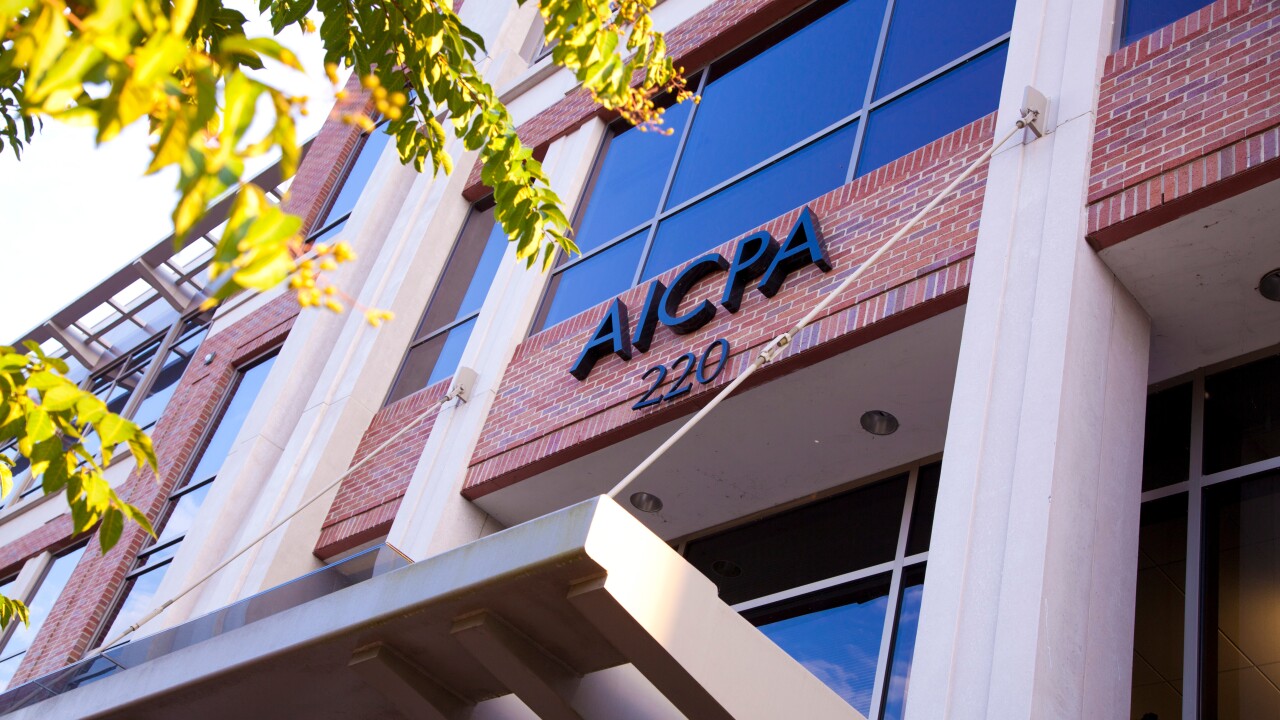The IRS regularly shares tips about different credits and deductions that can reduce a tax bill – as well as scams your clients should look out for.

Introduction
Here are 10 things the IRS is particularly reminding taxpayers and tax practitioners about in the run-up to the end of tax season on April 18 (and in one case, April 1), depending on their circumstances.

If the taxpayer is saving for retirement …
The IRS says that eligible taxpayers can generally contribute up to $5,500 to an IRA, and those who turned 50 before the end of 2016 may be able to contribute even more, up to $6,500.
There are phase-outs by income level for those with workplace retirement plans, so it’s wise for a tax practitioner to be involved in deciding whether and how much to contribute.

If they paid for care for a child, dependent or spouse …
The credit is worth between 20 and 35 percent of the allowable expenses, and depends on the taxpayer’s income level; it can be worth up to $3,000 for one qualifying dependent, or $6,000 if there are two or more.

If they’re pursuing their education …
For 2016, the service noted that the American Opportunity Credit can be worth up to $2,500 per student, while the Lifetime Learning Credit can be worth up to $2,000 per tax return per year, no matter how many students qualify.
For those who don’t qualify for the AOC or LLC, they may be able to deduct up to $4,000 of tuition and fees on
The IRS noted, however, that starting in 2016, students had to have Form 1098-T, Tuition Statement, to be eligible for an education benefit.

If they made a charitable donation …
If the taxpayer got something in return for the donation – a magazine subscription, meals, or event tickets, for instance – the value of that can’t be deducted; only the excess value is deductible. And donations of property are limited to that property’s fair market value, and special rules may apply to cars, boats and some other types of property.
For donations valued at more than $250, whether in cash or property, taxpayers must produce a written statement from the charity. The record-keeping rules for charitable donations can be pretty complex; the IRS lays them out in

If they can’t pay what they owe …
To start, there are both
For those who are struggling even more, there are offers in compromise, which settle the debt for less than the full amount owed. Taxpayers and their advisors can check their eligibility using the IRS’s

If they already owe ...
And it’s not just tax debts that can be taken out of a refund – the Treasury’s Bureau of Fiscal Service can also take money out for federal agency debts like delinquent student loans; state income tax obligations; unpaid child and spousal support; and more.
These “offsets” can be disputed by contacting the government agency that got the money; the IRS made a point of saying that taxpayers or their advisors should only contact them if the offset payment was for federal tax debt.

If they’re senior citizens …
They can sound awfully convincing, altering their caller ID to make it look like the IRS is calling, and offering fake names and IRS badge numbers to scare victims into paying an entirely fictional tax debt by preloading a debit card or wiring money. Their aggressive and intimidating tactics can be very effective at bilking elderly people.
The IRS regularly reminds taxpayers and tax practitioners that they never initiate action through phone calls, and never ask for payment through debit cards, gift cards or money transfer.

If they’re over 70-1/2 …
The deadline applies to owners of SEP and traditional IRAs, as well a variety of workplace retirement plans, like 401(k)s and 403(b)s, but not to Roth IRAs.
While the April 1 deadline applies in the first year after a taxpayer turns 70-1/2; after that, RMDs must be taken by December 31. This can trip some people up in their first year: No matter how close to April 1, 2017, a taxpayer who turned 70-1/2 in 2016 takes their 2016 RMD, they need to take their second RMD by Dec. 31, 2017.

If they’re in the military …
Service members can also get free tax help through the IRS’s Volunteer Income Tax Assistance program, both on bases in the U.S. and overseas. The VITA program includes preparers who are specially trained on military tax issues.

If they adopted or tried to adopt a child …
Qualifying expenses include adoption fees, court costs, attorney fees and travel, and the credit applies to both foreign and domestic adoptions. There are income limits, however, so it’s always worth consulting a tax expert.





